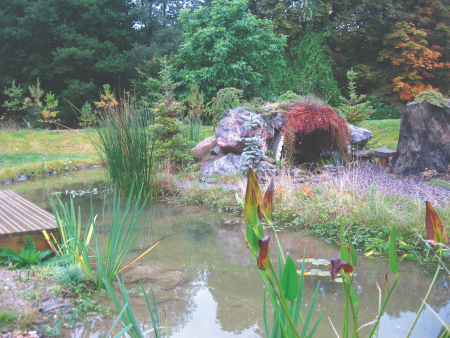Whenever we build, we must protect and plan for the plants and animals that already live on the site. We should also look for opportunities to enhance and create new habitats and support biodiversity.
You should consider the following questions when thinking about the land use on your site.
- Can existing plants be retained?
- Are there opportunities to enhance habitats and biodiversity?
- Are there any animals or plants that are legally protected on your site? To find out, a protected species survey may be required. For example, bats may roost in trees and buildings, and a pond may contain great crested newts.
- What is your development doing to help protect living creatures such as birds, insects, mammals and reptiles?
- Are there opportunities for enhancements? For example, can you incorporate bird boxes, swift bricks, or bat boxes in your design?
- Have you identified all the flora and fauna that may need to be protected? For many sites, it is important to carry out an ecological survey prior to any work starting.
- Are you using land on site efficiently with new planting supporting existing local species of flora and fauna? Opportunities to connect and introduce multi-functional green infrastructure should be considered, for example by adding green roofs, street trees, or space for growing food.
Expand the sections below to find sources of information on how to identify and protect animals and plants on your construction site.
The B&NES requirements for biodiversity and geological conservation assessment can be found on our planning web pages. Our ecologists can advise further if required.
The government’s adviser for the natural environment in England. They provide guidance on protected species, such as bats.
A primary source of and repository for local wildlife and geological data. Find out more on the BRERC web site.
A leading local wildlife charity and additional source of information and advice. Visit their web site to find out more.
Find out more about the green infrastructure networks in your area on our web site. These include:
- open spaces
- parks and gardens
- allotments
- woodlands
- street trees
- green roofs
- fields
- hedges
- lakes
- ponds
- playing field
- footpaths
- cycleways
- waterways
Consider how your development can strengthen and connect to local green infrastructure.
Pond at Weston All Saints Primary School, Bath

